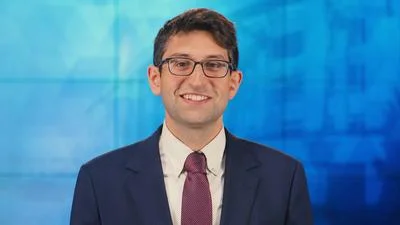House Energy and Commerce Ranking Member Frank Pallone, Jr. (D-NJ) and Senate Energy and Natural Resources Ranking Member Maria Cantwell (D-WA) sent a letter to Federal Energy Regulatory Commission (FERC) Chairman Kevin J. McIntyre today requesting an update on environmental safety concerns related to construction of the Rover Pipeline.
On Jan. 24, FERC instructed Rover Pipeline and its parent company Energy Transfer Partners to cease the use of horizontal directional drilling techniques in pipeline construction near the Tuscarawas River in Ohio. It was the second time that FERC had raised major issues surrounding the pipeline’s construction. In FERC’s memorandum to Rover Pipeline, the Commission cited concerns that “no approach to date has been completely successful" at resolving the loss of drilling fluid. FERC has subsequently authorized Rover to re-commence horizontal directional drilling, but Pallone and Cantwell remain concerned by Rover’s lack of urgency in addressing environmental risks throughout construction of the Rover Pipeline.
“Our committees have a longstanding interest in ensuring that drilling activities minimize environmental risk and that regulated entities are operating in full compliance with all applicable statutes, regulations, and permits," Pallone and Cantwell wrote to Chairman McIntyre. “In order to more fully understand these issues, we request a briefing from FERC staff on any environmental risks associated with this project as referenced in FERC’s January 24 memorandum and the other information requested above."
Last year, Pallone and Cantwell wrote to FERC expressing concern over Rover’s troubling environmental record, which includes seven industrial spills including one along the Tuscarawas River that resulted in two million gallons of drilling fluid seeping into nearby wetlands.





